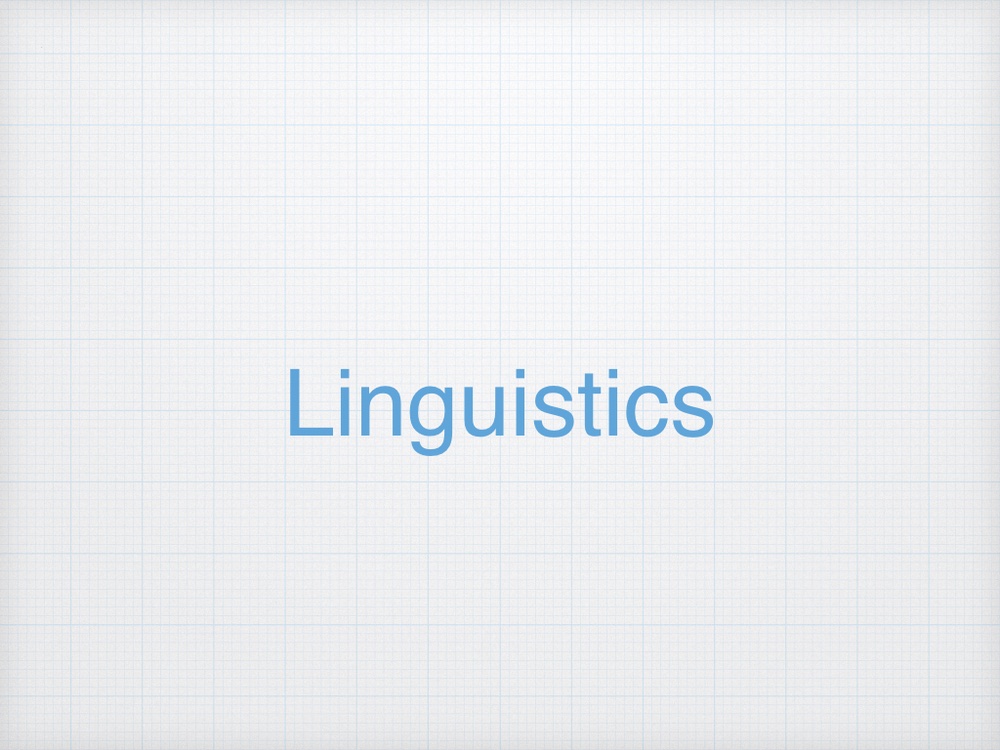言語は指示
生成文法のミニマリストプログラムでは, 総体的な言語システムを統合演算システム (Syntactic System), 概念-意図システム (Conceptual-Intentional System), 感覚-運動システム (Sensory-Motor System), (従来的には調音-知覚システム (articulatory-perceptual system)) の三つのシステムが連結したものであると捉える.
そして, 3つのシステムが連結しているということは, それぞれのシステムに対して, このように処理をするという指示を含むはずである. Chomsky (1995) を引用する.
The performance systems appear to fall into two general types: articulatory-perceptual and conceptual-intentional. If so, a linguistic expression contains instructions for each of these systems. Two of the linguistic levels, then, are the interface levels A-P and C-I, providing the instructions for the articulatory-perceptual and conceptual-intentional systems, respectively. Each language determines a set of pairs drawn from the A-P and C-I levels. The level A-P has generally been taken to be PF; the status and character of C-I have been more controversial.
(Chomsky, 1995, p. 154)
この遂行システムは, 調音-知覚 (articulatory-perceptual) と概念-意図 (conceptual-intentional) という, 二つの一般的なタイプに分類されるようである. もしそうだとすれば, 一つの言語表現は, これらの各システムに対する指示を含んでいることになる. したがって, 言語レベルのうちの二つはインターフェースレベルであるA-PとC-Iであり, それぞれ調音-知覚システムと概念-意図システムに指示を与えるものである. 各言語は, A-PレベルとC-Iレベルから取り出されたペアの集合を決定する. A-Pレベルは一般にPF (音声形式) であると見なされてきたが, C-Iの地位や性質については, より多くの論争がある.
(Gemini 訳).
これは, ミニマリストプログラムにおけるこの三つのシステムを仮定したからこそ, より重要になる発想である. ミニマリストプログラム以前の理論であれば, SMシステムやCIシステムといったものは, ここまで明示的に仮定されていなかったため, 指示といった概念もそこまで重要ではなかった. しかし, 別のシステムへの連結という発想を用いた際に,より深く考えなければならない要素の一つになったと言えるであろう.
参考文献
- Chomsky, N. (1995). The Minimalist Program.

